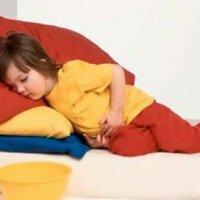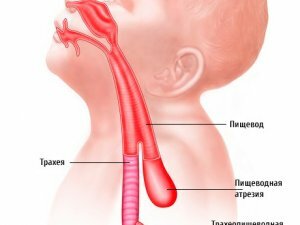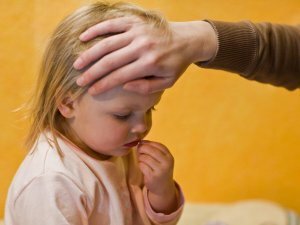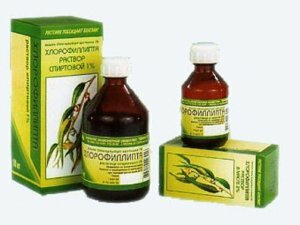Food Poisoning in Children

The probability of food poisoning is present in every child. I sat down at the table without washing my hands, ate an unwashed apple in the country - and then the result was ready. However, in some cases even the most careful care of parents can not save the children's body from harmful infections. In most cases, poisoning occurs as a result of the activity of Salmonella, sticks of botulism, staphylococcus, E. coli, etc. These microorganisms multiply on such products as poultry, milk, eggs, meat, fish, cottage cheese, salads. In children, as a rule, immunity is weaker than in adults, which is why poisoning is observed more often and is more severe.
Symptoms of food poisoning in children
Diagnosis of poisoning in children can be due to such symptoms as weakness, complaints of pain in the abdomen, moodiness, nausea and vomiting, lethargic state. If the infection has managed to penetrate deeply into the body, then there may be a fever and an intestinal disorder. All these symptoms arise as a result of action on the intestinal mucosa and stomach of various toxins that are synthesized by harmful microorganisms in the course of their vital activity.
With botulism, there may be a double vision in the eyes, pain when swallowing, pathologies in the process of speech and respiratory function.
All of the above symptoms can manifest themselves in a couple of hours, and a few days after eating sickly food.
If a disease-producing product is used by several people, then poisoning from them can manifest through different symptoms, depending on the individual characteristics of the organism.
Measures for the treatment of food poisoning in children
The first thing you should definitely consult a doctor, since it is difficult for an ordinary person to distinguish poisoning from other possible malfunctions in the body. Before the arrival of a doctor, try to put the child in bed - the less he moves, the less likely the development of further complications. The room should be well ventilated and not hot, because its body is already losing its moisture.
The first step in the treatment is to get the soldering out. What is meant by this? With a certain periodicity, it is best - once every ten minutes, the child should take a teaspoon of glucose-saline infant solution, which can be purchased at any pharmacy, than you should take care in advance. If there is no such solution, then a solution of the rehydron will come in handy, which must be alternated with sweet drink, such as carrot-rice broth, compote, etc. Do not increase the dose - in this state the body simply will not be able to consume more liquid, which will lead to the appearance of a liquid stool. Do not try to give your child any medications without a doctor's appointment, self-medication in this case is extremely dangerous, because against the background of the fact that the body is weakened by infection, it's easier to just hurt him by giving the child the wrong remedy!
If the child has a fever, then you can give him some antipyretic in the form of a pill or syrup. Also suitable methods for lowering the temperature are physiotherapy methods, such as, for example, rubbing the child's body with alcohol, which is diluted in half with water, cold compresses on the forehead, and so on.
In most cases, when poisoning a child refuses to eat, which is perfectly normal. However, feeling better, he can ask to eat. Is it worth it to give food at this moment? Until recently, doctors advised for a while not to give anything to the child, pausing for the first 24 hours. However, it is now believed that if the child wants to eat, then it can be fed, but you should strictly control the amount of food - on the first day the portion should be reduced by half, and meals should be more often, about once every two hours by any semi-liquidFood, such as mashed potatoes on the water, viscous rice porridge, crackers, yogurt. After the diarrhea has passed, for three days you should adhere to a therapeutic diet, and then within a week gradually return to the usual diet.



